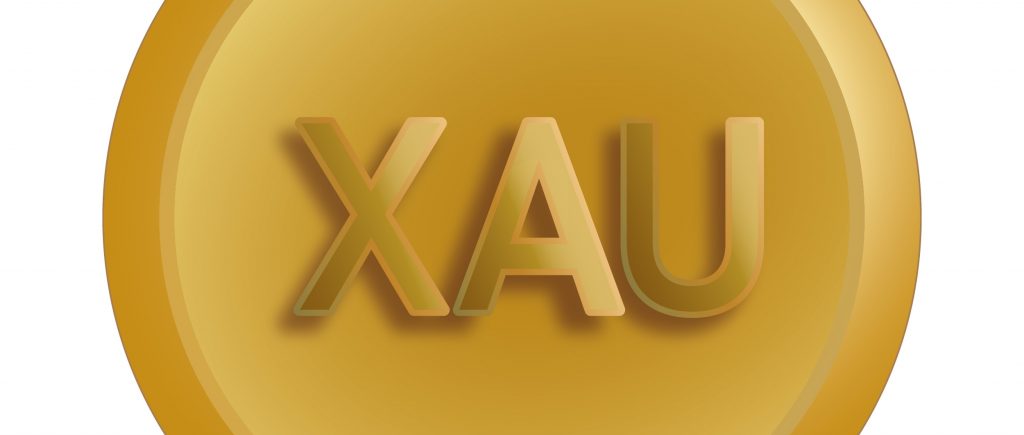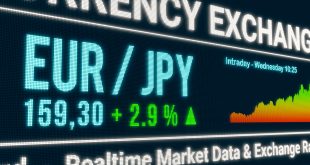1. Gold Prices Maintain Gains Amid U.S. Fiscal and Trade Uncertainty
Gold prices held steady in Asian trade on Wednesday after two days of sharp gains, bolstered by growing concerns over the U.S. fiscal deficit following the Senate’s passage of President Donald Trump’s tax-and-spending megabill. The uncertainty surrounding U.S. trade deals, especially with the upcoming July 9 tariff deadline, also continued to support the precious metal.
At 01:52 ET (05:52 GMT), Spot Gold was largely unchanged at $3,337.25 per ounce, while Gold Futures for August edged 0.1% lower to $3,347.40/oz.
Gold has already risen by more than 2% this week, recovering most of the losses from last week when the Israel-Iran ceasefire reduced the metal’s appeal as a safe-haven asset.
2. Trump’s Tax-Cut Bill Clears Senate, Raising Debt Concerns
A key factor supporting gold prices is the Senate’s passage of Trump’s sweeping tax-cut and spending bill, which is expected to significantly increase the U.S. fiscal deficit. On Tuesday, Republicans in the Senate narrowly passed the bill, which includes measures to cut taxes, curb social programs, and increase military and immigration enforcement funding.
The bill is projected to add $3.3 trillion to the national debt over the next decade, raising concerns about the long-term economic stability of the U.S. The bill will now be sent to the House of Representatives for approval, with Trump aiming to sign it into law by the July 4 Independence Day holiday.
3. Powell’s Stance on Interest Rates and Tariffs
In addition to fiscal concerns, Federal Reserve Chair Jerome Powell reiterated on Tuesday that the central bank would wait and assess the impact of U.S. tariffs before making any decisions on interest rate cuts. This stance goes against Trump’s calls for swift and significant rate reductions.
However, Powell’s remarks were interpreted as slightly dovish, as he did not rule out the possibility of a rate cut as early as next month. The markets are now awaiting the release of Thursday’s nonfarm payrolls report to gauge the likelihood of a July rate cut, although a September reduction is already largely priced into expectations.
4. U.S. Trade Tariff Deadline Looms
Another factor contributing to the rise in gold prices is the growing uncertainty around U.S. trade deals ahead of the July 9 tariff deadline.
Trump has indicated that he does not plan to extend the deadline and will instead notify countries of the new tariff rates they will face. While India may ease restrictions on U.S. firms, Trump has expressed skepticism about reaching a deal with Japan.
The anticipation of higher tariffs, alongside fiscal concerns, has pushed investors towards safe-haven assets like gold, further driving up its price.
5. Metal Markets Subdued Amid Trade and Tariff Concerns
Although gold has seen gains, broader metal markets remained subdued as investors continued to seek clarity on the potential impact of U.S. trade policies and sectoral tariffs.
The US Dollar Index stayed subdued, hovering near its lowest level since February 2022, which provided some support to metal prices, especially gold.
Meanwhile, silver futures remained largely flat at $36.05 per ounce, and platinum futures gained slightly by 0.2% to $1,369.05/oz.
6. Copper Prices Rise Amid Dollar Weakness
On a more positive note for base metals, copper futures saw an uptick. Benchmark copper futures on the London Metal Exchange rose 0.4% to $9,968.65 per ton, while U.S. copper futures jumped by 1.6% to $5.1165 a pound.
This rally in copper prices was partly driven by the ongoing weakness in the U.S. dollar, as well as a private survey indicating unexpected growth in China’s Caixin PMI for June, suggesting an improvement in trade conditions for the world’s largest copper importer.
7. Continued Safe-Haven Demand for Gold
The rise in gold prices this week highlights a broader trend of investors seeking safety amid growing concerns about the U.S. fiscal deficit, trade tensions, and the potential for monetary easing by the Federal Reserve. While trade negotiations continue to create uncertainty, gold remains a favored asset for investors looking to hedge against economic risks.
With inflation data, trade agreements, and potential interest rate cuts all looming, market participants will continue to watch closely as these factors unfold, particularly the July 9 tariff deadline and the release of key U.S. economic data.
 Noor Trends News, Technical Analysis, Educational Tools and Recommendations
Noor Trends News, Technical Analysis, Educational Tools and Recommendations





